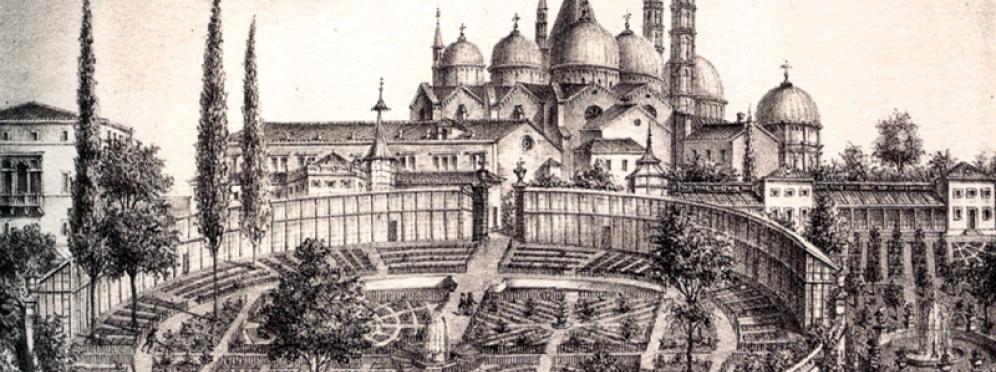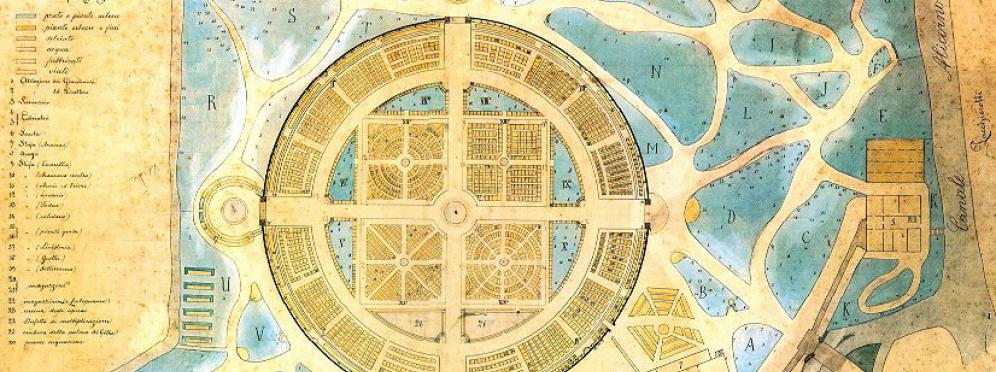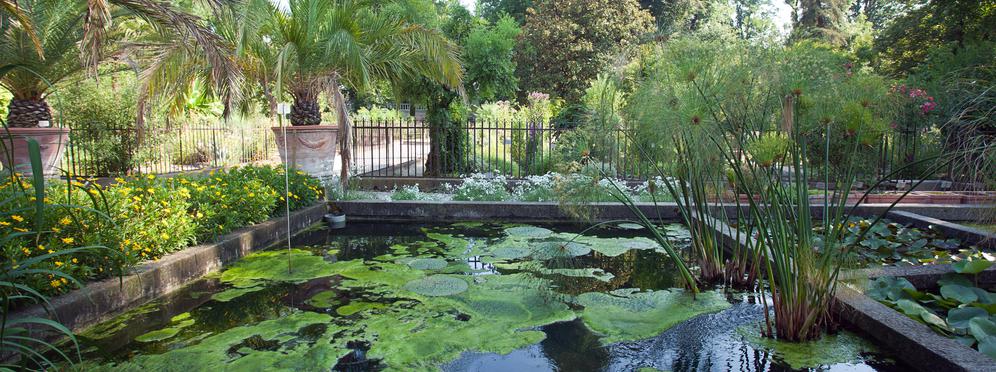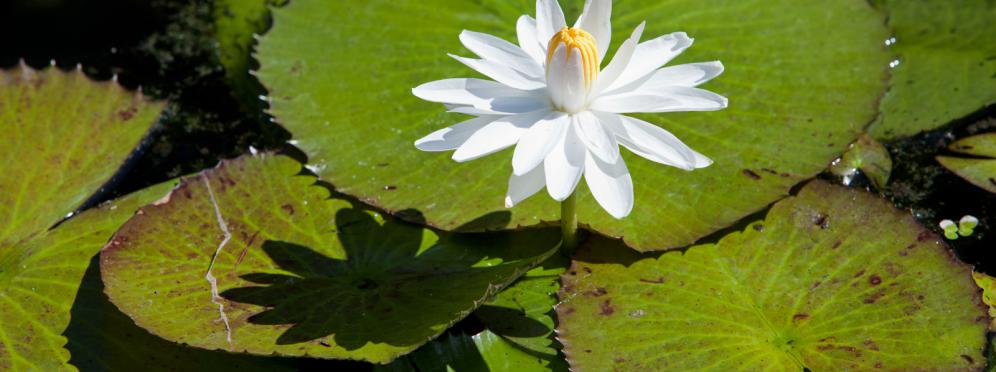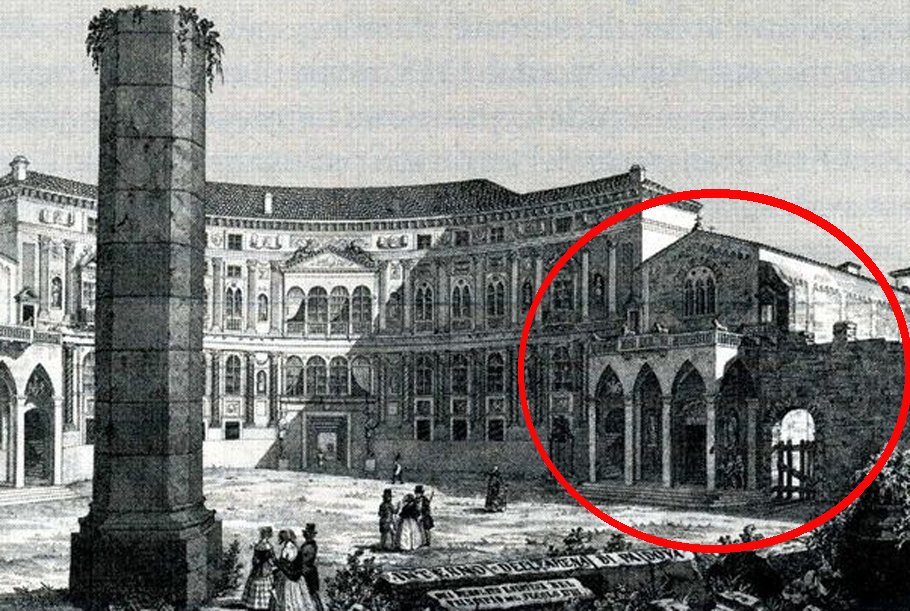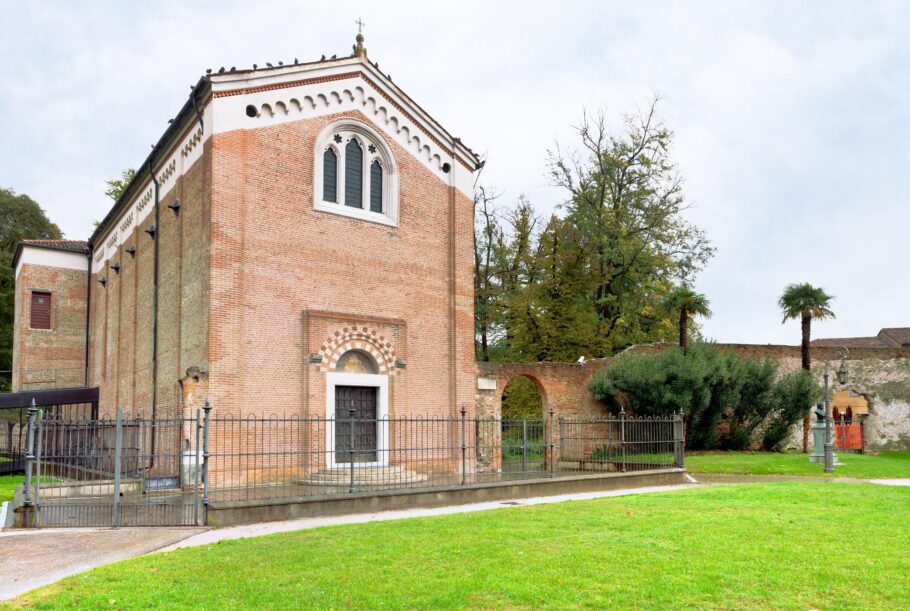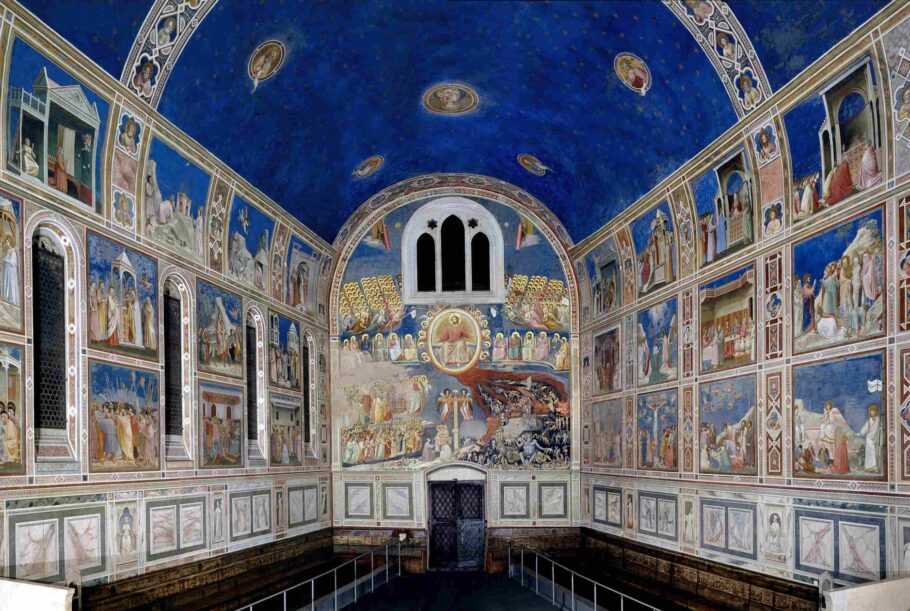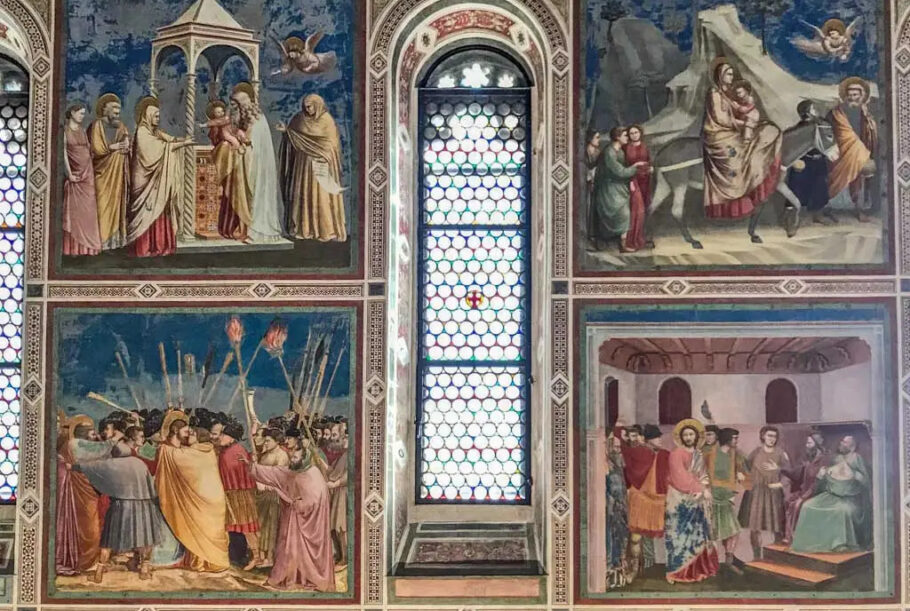Social Events
The first event is scheduled for Monday, August 30th from 19:30 and consists of a private and guided tour of the Botanical Gardens. The cost depends on the number of reservations. The cost of the guide is 70€ for each group and the cost of the entrance of the Botanical Garden is 5€/person.
The second social event is scheduled for Tuesday, August 31st in the afternoon (the time of the tour will be announced at later time, the visits are scheduled from 3.00 p.m. to 5.00 p.m.) and consists of a visit of the Scrovegni Chapel and of the Eremitani Museum. The cost of the tour is between 10 – 14 € and depends on the number of reservations. The event is ideal for accompanying person but reservations are open to all participants.
For a better organization of the event, it is strongly recommended that you make a reservation via email to eurostruct2021@dicea.unipd.it.
The deadline for reservations for either event is August 27th. After these dates, participation cannot be guaranteed.
Payment will be made at the conference venue, no later than Monday, August 30th.
Social Event #1 – The University of Padova Botanical Garden – 30/08/2021
The Event is scheduled for Monday, August 30th from 19:30 and consists of a private and guided visit of the Botanical Garden. The visit of the Botanical Garden will last 1 hour and a half.
The visits will take place in groups of up to 25 people and each group will have its own guide.
For a group of 25 people, the entrance cost 7,8 €/person. For smaller groups, the cost depends on the number of reservations (The cost of the guide is 70€ for each group and the cost of the entrance of the Botanical Garden is 5€/person).
For the duration of the visit it is mandatory to use the mask also in outdoor spaces.
Check the site of the Botanical Garden of the University of Padua for more details: Orto botanico di Padova | OrtoBotanico di Padova (ortobotanicopd.it).
<em>More information...</em>
Created in 1545 on the property of the Benedictine monks of St. Justina, Padua Botanical Garden is the oldest existing university botanical garden in the world. The Senate of the Venetian Republic approved its foundation for the cultivation of medicinal plants, which later constituted the largest portion of the so-called “simple” herbs, i.e. medicaments of natural origin. This is why early botanical gardens were called Horti simplicium (“Gardens of Simples”).
In ancient times the identification of medicinal plants by botanists was uncertain, and frequently led to mistakes and even frauds, which caused great damage to people’s health. The institution of a Horto medicinale, prompted by Francesco Bonafede, who held the chair of “Lecturer of Simples”, enabled students to identify true medicinal plants. The first “custodian” of the Garden, Luigi Squalermo, called Anguillara, introduced and cultivated a large number of species (1,800). In spite of severe punishments (fines, imprisonment, exile), the Garden was often targeted by thieves, who stole many rare plants, due to the large profits that could be obtained from them. A circular enclosing wall was soon built (hence the names Hortus sphaericus, Hortus cinctus, and Hortus conclusus). The Garden was constantly enriched with plants from all over the world, particularly from countries where the Venetian Republic had possessions, or with which it traded. This is why Padua played such an essential role in the introduction and study of several exotic species.
The Garden has witnessed the evolution of botany from a science originally applied to medicine, to an independent science with various branches. The library, the herbarium, and several laboratories, were later added. Just like other similar university institutions in Italy and abroad, not only does the Botanical Garden provide an opportunity for the general public to learn more about plants, but it is also a resource for scholars, and it aims at preserving rare and endangered plant species.
Padua Botanical Garden is the original of all botanical gardens throughout the world; it represents the birth of science, of scientific exchanges, and of the awareness of the relationship between nature and culture. It gave a great contribution to the development of many modern scientific disciplines, notably botany, medicine, chemistry, ecology, and pharmacy.
Social Event #2 – The Scrovegni Chapel + Eremitani Palace – 31/08/2021
The event is scheduled for Tuesday, August 31st in the afternoon. The exact time of the visit will be communicated on Monday, August 30th. The visit consists of a descriptive video of 15 minutes before the entrance to the Chapel and a visit of 15 minutes.
The entrance price varies between 10 and 14 euros and will depend on the number of participants booked. Reservations must be expressly notified by Friday, August 27th and payment must be made on site no later than Monday, August 30th. This ticket includes the entrance to the Eremitani Museum and the Zuckermann Palace.
<em>More information...</em>
The Scrovegni Chapel, dedicated to St. Mary of the Charity, frescoed between 1303 and 1305 by Giotto, upon the commission of Enrico degli Scrovegni, is one of the most important masterpieces of Western art. The frescoes, which narrate events in the lives of the Virgin Mary and Christ, cover the entire walls. On the wall opposite the altar is the grandiose Universal Judgement, which concludes the story of human salvation.
The chapel was originally attached to the Scrovegni family palace, built after 1300, following the elliptical outline of the remains of the Roman arena.
The Chapel was acquired by the City of Padova in 1880, and the vulnerable frescoes were subjected to several specialized restoration operations during the 19th and 20th centuries. From the 1970s until today, thanks to close collaboration between the city administration, cultural heritage authorities and the “Istituto Centrale per il Restauro”, the state of the building, the quality of the air in it, polluting factors, and the state of conservation of the frescoes themselves have all been subjected to careful study and monitoring. The addition of the new access building, with its special air-conditioned waiting-room, means that even great influxes of visitors can enter the Chapel and admire Giotto’s masterpiece without further jeopardizing its fragile condition in any way.
The latest checks, which show that the condition of the frescoes is now stable, have allowed them to be restored further – delicate operations undertaken by the “Istituto Centrale per il Restauro” – thanks to an agreement between the City of Padova and the “Italian Ministero per i Beni e le Attività Culturali”.
From July, 2021, the Scrovegni Chapel is included on UNESCO’s list of World Heritage sites, in the Padua’s fourteenth-century fresco cycles.
Social Event #3 – Gala Dinner – 31/08/2021
The Gala Dinner will be held on Tuesday 31th of August at the Cultural Centre “Altinate”, which is an historical building recently renewed and it is located in Padua. Originally, it was a Theatine monastery (from Saint Gaetano Thiene) designed by Vincenzo Scamozzi around 1582. Later on, at the beginning of the nineteenth century, the Monastery was bought by the Municipality and turned in a Courthouse. Finally, due to a deep renovation process started in 2008, the building has become a cultural reference place in town.
Important information: EU Greenpass is mandatory.
Virtual tour of the Cultural Centre
| Address: | Cultural Center Altinate San Gaetano |
| Via Altinate 71 | |
| 35121 Padova (PD) |
The path from the Venue to the Gala Dinner location can be found here.
